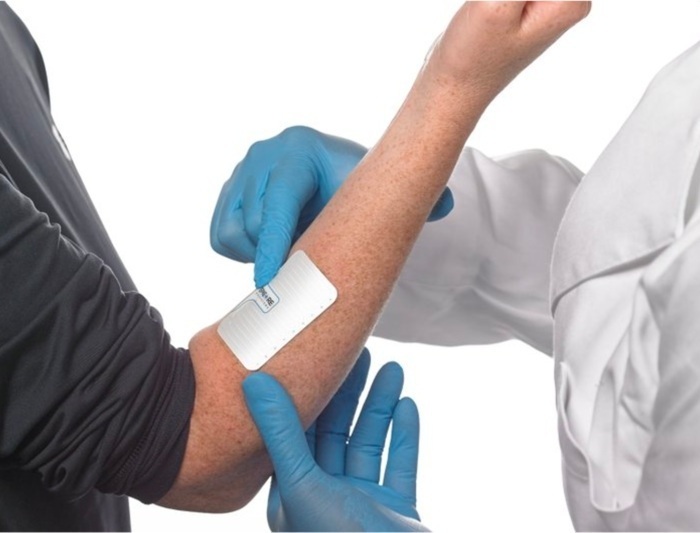New Test Rapidly Identifies Platelet Function Defects
|
By LabMedica International staff writers Posted on 06 Aug 2014 |
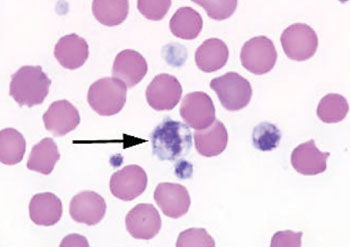
Image: Photomicrograph of a blood smear showing a giant platelet (arrowed) from a patient with hemorrhagiparous thrombocytic dystrophy (Photo courtesy of the College of American Pathologists).
A multisurface and multiparameter flow assay to characterize thrombus formation in whole blood from healthy subjects and patients with platelet function deficiencies has been created.
Parallel-plate flow chambers have been used for the last two decades to measure platelet adhesion and activation under arterial or venous flow conditions, in particular using surfaces such as extracellular matrix or collagen, but there is a need for further standardization of devices, protocols and measurement parameters.
A team of scientists led by those at Maastricht University (The Netherlands) obtained blood samples from healthy donors and patients who all had a well-defined platelet deficiency and mild bleeding tendency. Microspot-coated coverslips were mounted onto a transparent parallel-plate flow chamber (50 μm depth, 3 mm width and 20 mm length), and pre-rinsed. Anticoagulated whole-blood samples were perfused through the flow chamber for a time period sufficient for full-thrombus formation on collagen I spots and adherence labeled with a fluorescence marker.
A systematic comparison is made of 52 adhesive surfaces with components activating the main platelet-adhesive receptors, and of eight output parameters reflecting distinct stages of thrombus formation. Three types of thrombus formation can be identified with a predicted hierarchy of the following receptors: glycoprotein (GP) VI, C-type lectin-like receptor-2 (CLEC-2) > GPIb > α6β1 αIIbβ3 > α2β1 > CD36, α5β1, αvβ3. Application with patient blood reveals distinct abnormalities in thrombus formation in patients with severe combined immune deficiency, Glanzmann’s thrombasthenia, Hermansky–Pudlak syndrome, May–Hegglin anomaly or grey platelet syndrome. This test may be useful for the diagnosis of patients with suspected bleeding disorders or a pro-thrombotic tendency.
Johan W.M. Heemskerk, PhD, a professor and a senior author of the study said, “To develop this test we collected information on thrombosis formation in a flow chamber with flowing blood. This has never been done before on such a large scale. We can easily determine what’s wrong with the patient by counting the number of platelets in a few drops of blood. If there’s an active bleed, the platelets trigger the coagulation process to stem the bleeding. The opposite is true with thrombosis: in that case, the platelets are overactive and could cause a stroke or a heart attack.” The study was published on July 16, 2014, in the journal Nature Communications.
Related Links:
Maastricht University
Parallel-plate flow chambers have been used for the last two decades to measure platelet adhesion and activation under arterial or venous flow conditions, in particular using surfaces such as extracellular matrix or collagen, but there is a need for further standardization of devices, protocols and measurement parameters.
A team of scientists led by those at Maastricht University (The Netherlands) obtained blood samples from healthy donors and patients who all had a well-defined platelet deficiency and mild bleeding tendency. Microspot-coated coverslips were mounted onto a transparent parallel-plate flow chamber (50 μm depth, 3 mm width and 20 mm length), and pre-rinsed. Anticoagulated whole-blood samples were perfused through the flow chamber for a time period sufficient for full-thrombus formation on collagen I spots and adherence labeled with a fluorescence marker.
A systematic comparison is made of 52 adhesive surfaces with components activating the main platelet-adhesive receptors, and of eight output parameters reflecting distinct stages of thrombus formation. Three types of thrombus formation can be identified with a predicted hierarchy of the following receptors: glycoprotein (GP) VI, C-type lectin-like receptor-2 (CLEC-2) > GPIb > α6β1 αIIbβ3 > α2β1 > CD36, α5β1, αvβ3. Application with patient blood reveals distinct abnormalities in thrombus formation in patients with severe combined immune deficiency, Glanzmann’s thrombasthenia, Hermansky–Pudlak syndrome, May–Hegglin anomaly or grey platelet syndrome. This test may be useful for the diagnosis of patients with suspected bleeding disorders or a pro-thrombotic tendency.
Johan W.M. Heemskerk, PhD, a professor and a senior author of the study said, “To develop this test we collected information on thrombosis formation in a flow chamber with flowing blood. This has never been done before on such a large scale. We can easily determine what’s wrong with the patient by counting the number of platelets in a few drops of blood. If there’s an active bleed, the platelets trigger the coagulation process to stem the bleeding. The opposite is true with thrombosis: in that case, the platelets are overactive and could cause a stroke or a heart attack.” The study was published on July 16, 2014, in the journal Nature Communications.
Related Links:
Maastricht University
Latest Hematology News
- Pioneering Model Measures Radiation Exposure in Blood for Precise Cancer Treatments
- Platelets Could Improve Early and Minimally Invasive Detection of Cancer
- Portable and Disposable Device Obtains Platelet-Rich Plasma Without Complex Equipment
- Disposable Cartridge-Based Test Delivers Rapid and Accurate CBC Results
- First Point-of-Care Heparin Monitoring Test Provides Results in Under 15 Minutes

- New Scoring System Predicts Risk of Developing Cancer from Common Blood Disorder
- Non-Invasive Prenatal Test for Fetal RhD Status Demonstrates 100% Accuracy
- WBC Count Could Predict Severity of COVID-19 Symptoms
- New Platelet Counting Technology to Help Labs Prevent Diagnosis Errors
- Streamlined Approach to Testing for Heparin-Induced Thrombocytopenia Improves Diagnostic Accuracy
- POC Hemostasis System Could Help Prevent Maternal Deaths
- New Test Assesses Oxygen Delivering Ability of Red Blood Cells by Measuring Their Shape
- Personalized CBC Testing Could Help Diagnose Early-Stage Diseases in Healthy Individuals
- Non-Invasive Test Solution Determines Fetal RhD Status from Maternal Plasma
- First-Of-Its-Kind Smartphone Technology Noninvasively Measures Blood Hemoglobin Levels at POC

- Next Gen CBC and Sepsis Diagnostic System Targets Faster, Earlier, Easier Results
Channels
Clinical Chemistry
view channel
Gold Nanoparticles to Improve Accuracy of Ovarian Cancer Diagnosis
Ovarian cancer is considered one of the deadliest cancers, in part because it rarely shows clear symptoms in its early stages, and diagnosis is often complex. Current approaches make it difficult to accurately... Read more
Simultaneous Cell Isolation Technology Improves Cancer Diagnostic Accuracy
Accurate cancer diagnosis remains a challenge, as liquid biopsy techniques often fail to capture the complexity of tumor biology. Traditional systems for isolating circulating tumor cells (CTCs) vary in... Read moreMolecular Diagnostics
view channel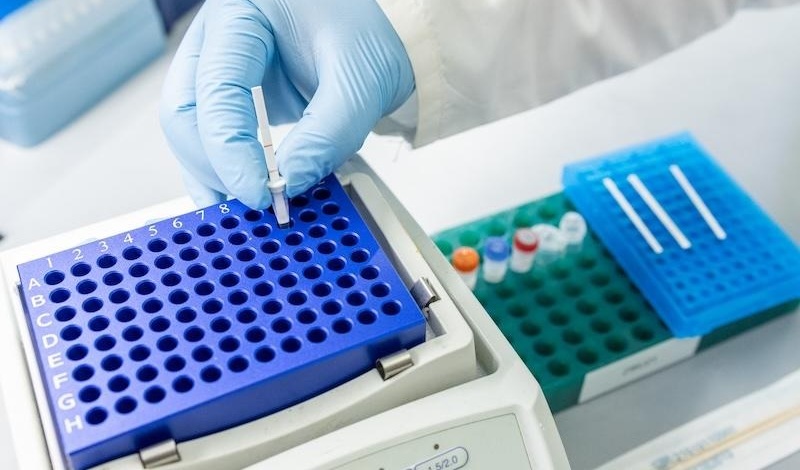
CRISPR-Based Tuberculosis Test Uses Mouth Swab to Simplify Screening
Tuberculosis remains the world’s deadliest infectious disease, with more than 10 million people falling ill annually and about 40% of cases going undiagnosed. Current testing depends on sputum samples,... Read more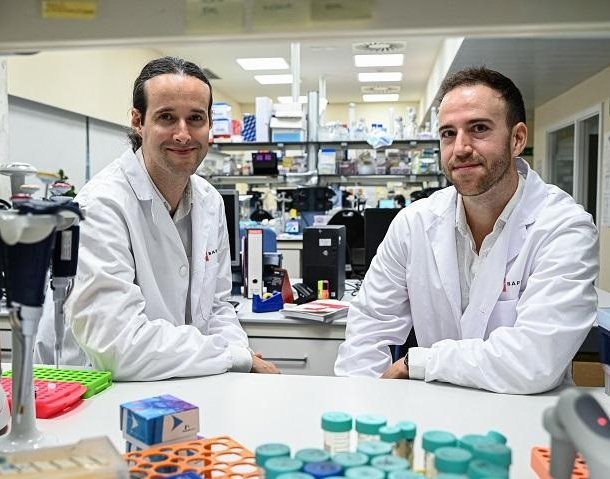
New DNA Methylation-Based Method Predicts Cancer Progression
Cancer often develops silently for years before diagnosis, making it difficult to trace its origins and predict its progression. Traditional approaches to studying cancer evolution have lacked the precision... Read moreImmunology
view channel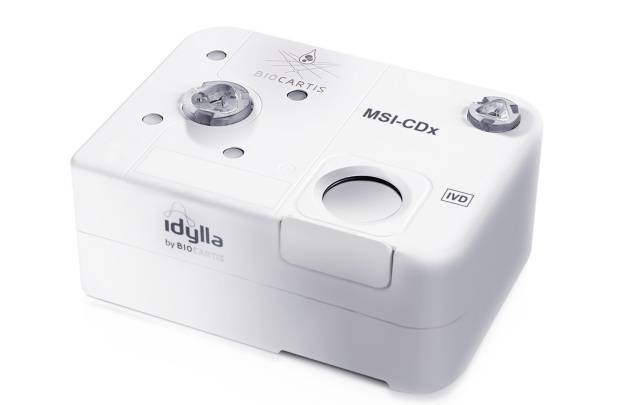
Companion Diagnostic Test for CRC Patients Identifies Eligible Treatment Population
Colorectal cancer remains one of the leading causes of cancer-related deaths worldwide, and identifying which patients will benefit most from targeted immunotherapies is critical. Existing diagnostic methods... Read more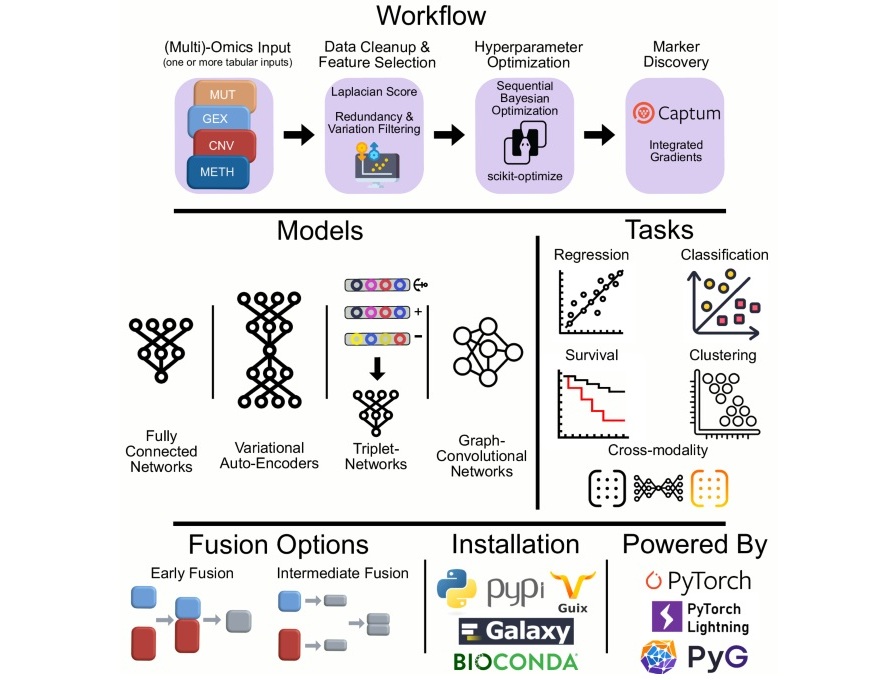
Novel Tool Uses Deep Learning for Precision Cancer Therapy
Nearly 50 new cancer therapies are approved each year, but selecting the right one for patients with highly individual tumor characteristics remains a major challenge. Physicians struggle to navigate the... Read more
Companion Diagnostic Test Identifies HER2-Ultralow Breast Cancer and Biliary Tract Cancer Patients
Breast cancer is the most common cancer in Europe, with more than 564,000 new cases and 145,000 deaths annually. Metastatic breast cancer is rising in younger populations and remains the leading cause... Read moreMicrobiology
view channel
Microfluidic Platform Assesses Neutrophil Function in Sepsis Patients
Sepsis arises from infection and immune dysregulation, with neutrophils playing a central role in its progression. However, current clinical tools are unable to both isolate these cells and assess their... Read moreNew Diagnostic Method Confirms Sepsis Infections Earlier
Sepsis remains one of the most dangerous medical emergencies, often progressing rapidly and becoming fatal without timely intervention. Each hour of delayed treatment in septic shock reduces patient survival... Read more
New Markers Could Predict Risk of Severe Chlamydia Infection
Chlamydia trachomatis is a common sexually transmitted infection that can cause pelvic inflammatory disease, infertility, and other reproductive complications when it spreads to the upper genital tract.... Read more
Portable Spectroscopy Rapidly and Noninvasively Detects Bacterial Species in Vaginal Fluid
Vaginal health depends on maintaining a balanced microbiome, particularly certain Lactobacillus species. Disruption of this balance, known as dysbiosis, can increase risks of infection, pregnancy complications,... Read morePathology
view channel
New Microscope Promises to Speed Up Medical Diagnostics
Traditional microscopes are designed for flat samples, yet real-life specimens, such as tissue slides, are often curved or uneven. This mismatch forces researchers to rely on scanning methods or costly... Read more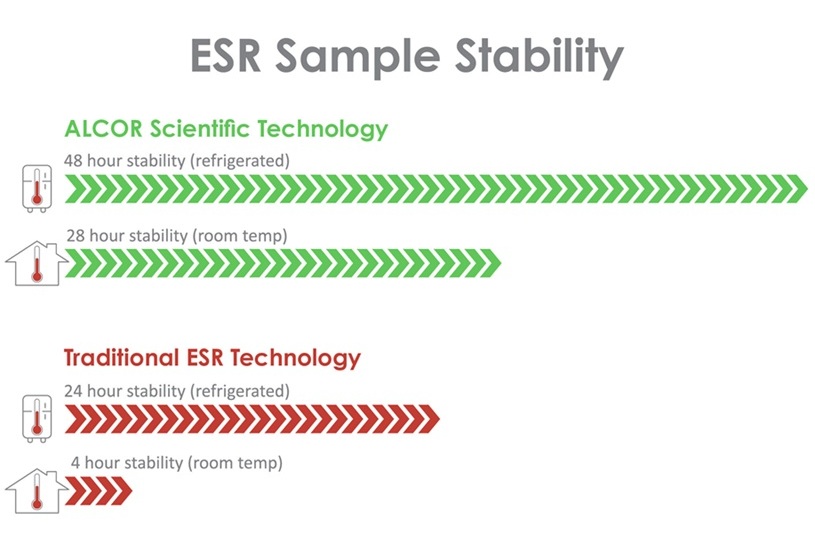
ESR Testing Breakthrough Extends Blood Sample Stability from 4 to 28 Hours
Erythrocyte sedimentation rate (ESR) is one of the most widely ordered blood tests worldwide, helping clinicians detect and monitor infections, autoimmune conditions, cancers, and other diseases.... Read moreAccurate Pathological Analysis Improves Treatment Outcomes for Adult Fibrosarcoma
Adult fibrosarcoma is a rare and highly aggressive malignancy that develops in connective tissue and often affects the limbs, trunk, or head and neck region. Diagnosis is complex because tumors can mimic... Read more
Clinicopathologic Study Supports Exclusion of Cervical Serous Carcinoma from WHO Classification
High-grade serous carcinoma is a rare diagnosis in cervical biopsies and can be difficult to distinguish from other tumor types. Cervical serous carcinoma is no longer recognized as a primary cervical... Read moreTechnology
view channel
Coral-Inspired Capsule Samples Hidden Bacteria from Small Intestine
The gut microbiome has been linked to conditions ranging from immune disorders to mental health, yet conventional stool tests often fail to capture bacterial populations in the small intestine.... Read more
Rapid Diagnostic Technology Utilizes Breath Samples to Detect Lower Respiratory Tract Infections
Respiratory tract infections (LRTIs) are leading causes of illness and death worldwide, particularly among vulnerable populations such as the elderly, young children, and those with compromised immune systems.... Read moreIndustry
view channel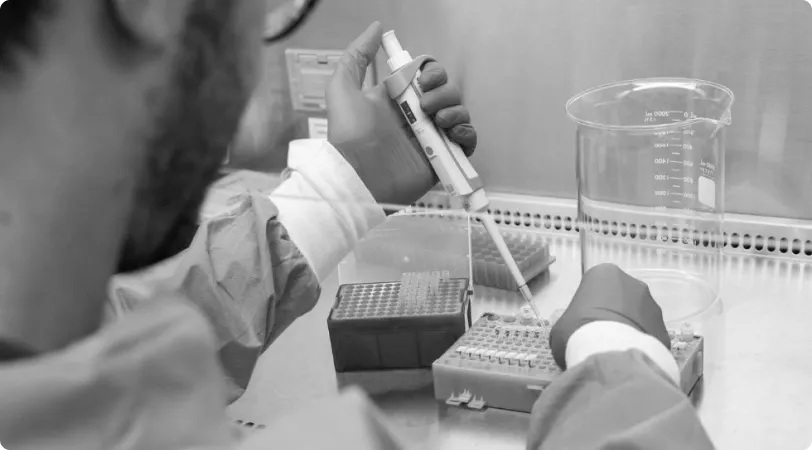
VedaBio Partners With Mammoth Biosciences to Expand CRISPR-Based Diagnostic Technologies
VedaBio (San Diego, CA, USA) has entered into a non-exclusive license agreement with Mammoth Biosciences (Brisbane, CA, USA) for the use of select CRISPR-based technologies in diagnostic applications.... Read more

















